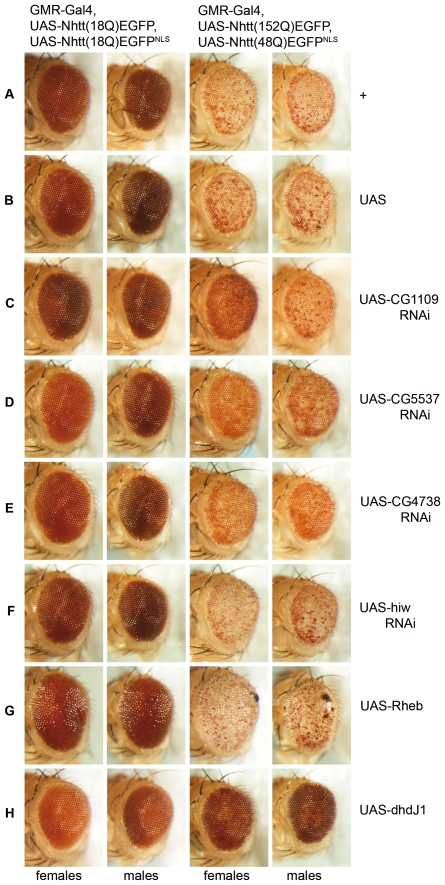Figure 4. Selected screen candidates modify mutant Htt-induced toxicity in the fly eye.
GMR-Gal4-driven expression of UAS-Nhtt(152Q)EGFP, UAS-Nhtt(48Q)NLS in the compound eye results in a progressive loss of pigmentation compared to expression of UAS-Nhtt(18Q)EGFP, UAS-Nhtt(18Q)NLS (A). Carrying an extra UAS transgene does not noticeably alter this phenotype (B). Female flies carrying a UAS-CG1109 RNAi transgene on the X chromosome show a clear suppression of the mutant Htt-induced toxicity phenotype, whereas no clear modification is seen in male flies lacking the UAS-CG1109 RNAi transgene (C). Expression of UAS-CG5537 RNAi on the X chromsome (D), and an autosomal UAS-CG4738 RNAi transgene (E) also suppress the mutant Htt-induced degenerative phenotype, with a rescue of pigmentation in these flies. Note: both males and females carry a copy of the for the UAS-CG5537 RNAi transgene as explained in Materials and Methods. Flies carrying a UAS-hiw RNAi transgene showed a slight rough eye phenotype that was also observed when coexpressed with normal Htt (F). Overexpression of Rheb resulted in a drastic enhancement of the Htt phenotype with an increase in black necrotic patches, further loss of pigmentation and a rough eye with bristle disorganization (G). Overexpression of Rheb in flies expressing normal Htt also resulted in a rough eye phenotype with a mild loss of pigmentation. The chaperone molecule, dhdJ1 clearly suppressed Htt-induced loss of pigmentation when overexpressed (H). All flies were aged between 21 and 22 days.

